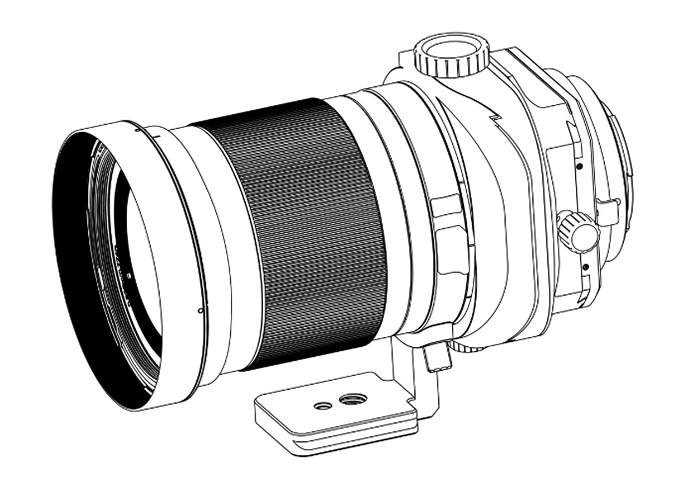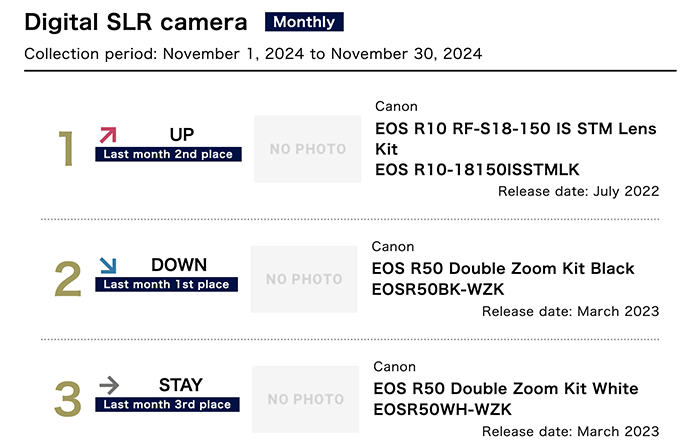In 2025 Sony will launch two new lenses that will be a “first” in the E-mount range!
I have had almost final confirmation of two new lenses coming from Sony. One is a prime and the other is a zoom. I hope to tell you more about them soon, but today I can tell you that both will not be a successor to existing lenses–they will be a “first” in the E-mount range ;)
There will be also 1-2 lenses that will be an update of existing zooms. One might be a successor of a GM zoom?
Of course there will be also the usual mass of new third party lenses including a new kind of telephoto lens made by Sigma. 2025 promises to be exciting and I hope I can get a final confirmation on the first two Sony E-mount lens specs!
—
If you have more info about the next Sony cameras and lenses you can share send me a message using this contact box or at sonyalpharumors@gmail.com. Thanks!
To not miss any new rumor subscribe our newsletter and social networks:
Social Networks:
- Subscribe my youtube channel: Usually I do post the rumors there 15-30min in advance before I post them on SAR
- Follow me on Twitter: Yep, I paid for the blue check so that you will actually see me.
- Follow my page on Facebook: Be sure to select “Favorites” to be notified when there is a new article online
- Follow me on Instagram: Ok, this one is more tricky as I am currently getting lost having fun with Ai images :)
By subscribing you help me to motivate working on SAR, by making sure my exclusive rumor work get proper credit and visibility. Thank You All folks!







